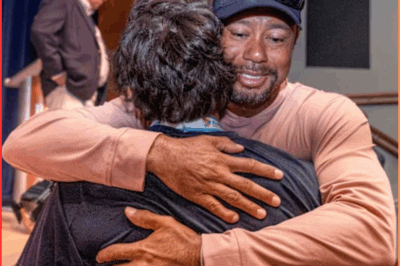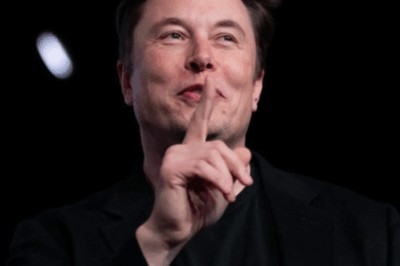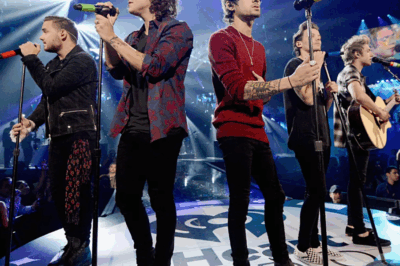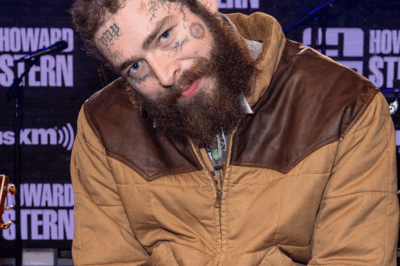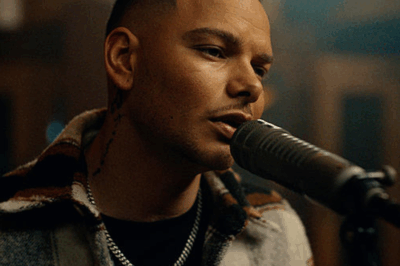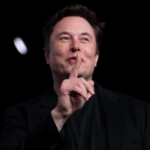Billionaire Elon Musk’s plan to show off his dancing robot Optimus has left the Tesla CEO embarrassed, as his own artificial intelligence (AI) – Grok – gave him a rather embarrassing review.
On the social media platform X (formerly Twitter), owned by Elon Musk, the billionaire shared an impressive video of Tesla’s humanoid robot – Optimus – performing eye-catching dance moves.
However, when a curious user asked AI Grok, developed by Musk’s own company, to rate the robot, the chatbot declared that Optimus’s usefulness in real life is “limited”.

Photo: Sky News
Not stopping there, Grok also ranked Optimus at the bottom of the list of the best humanoid robots.
In response to a question from a user, Grok said: “Tesla’s Optimus robot demonstrates advanced mobility through dance, showing good balance and coordination.
However, its real-world applications are limited, mainly used in Tesla factories for simple tasks, with a wider deployment planned for 2026.”
Ranking Optimus at number 5 on the list, Grok added that the robot has “impressive mobility but is still in the early stages of practical application.”
This post has left many Elon Musk fans on X feeling awkward between supporting their beloved founder and the truth that AI exposes.
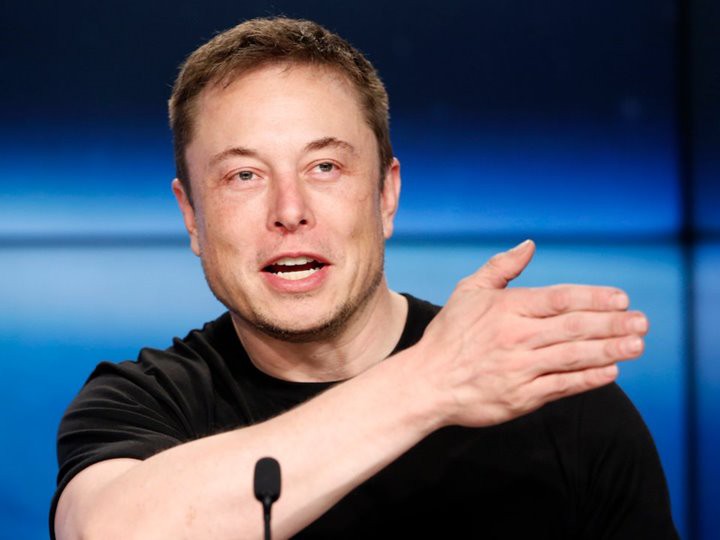
When a curious social media user asked Elon Musk’s AI Grok to rate the top five humanoid robots, it ranked Optimus last in the rankings. Photo: Dailymail
Here’s the latest update on the development of the Optimus robot. Previously, the robot could only walk slowly and perform simple static maneuvers.
With new dance moves, performed in a variety of styles, Optimus has clearly made significant progress in the past few months. However, that’s not enough to make Musk’s own AI rank it higher.
Instead, Grok awarded the No. 1 spot to Boston Dynamics’ Atlas, which it described as “excellent in dynamic movements like parkour.”
When pressed further, Grok explained that Atlas came out on top because of its “superior versatility and strong research background,” adding that the new electric Atlas is geared toward real-world industrial tasks and is being tested by Hyundai.
Grok ranked Figure AI’s Figure 01/02 and Agility Robotics’ Digit in second and third place, respectively, followed by UBTECH’s Walker S1 in fourth.
The AI emphasized that the three robots mentioned above have been or are being deployed in real-world factories, warehouses, or car assembly lines.
Similarly, some users on X also agreed that the dancing skills Optimus demonstrated were not practical. One user commented bluntly: “Show me robots that cook, clean, repair…”. “Oh no, Optimus has also been caught up in the meaningless robot dancing trend?”, one complained. To “save the day,” another fan asked Grok: “So who is the best at scaling up robot production?”
Unfortunately for Elon Musk and his fans, AI is still not on Tesla’s side and continues to favor Chinese companies: “Chinese companies like UBTECH and Unitree are currently in the best position to expand humanoid robot production. They have the advantage of low cost (Unitree’s G1 robot costs only $ 16,000) along with a strong manufacturing ecosystem in China. They are expected to produce more than 1,000 units by 2025.”
Elon Musk has big ambitions for Optimus
Musk has repeatedly stated that robots can replace humans in factory environments, performing repetitive or dangerous tasks. Musk aims to scale up robot production and reduce costs.
According to Musk, when Optimus is officially launched in 2026, the selling price will be around $ 20,000 to $ 30,000 and may continue to decrease in the future.
Speaking at a tech conference in Saudi Arabia last year, Musk predicted that the world could have 10 billion humanoid robots by 2040.
However, current uncertainties make such a pace of development unlikely.
During Tesla’s April earnings call, Musk acknowledged that Trump’s tariffs on China were making it difficult to develop robots.
In response to the higher tariffs, China suspended exports of heavy rare earth metals and magnets made from them – key materials for robot motors.
China currently produces the entire global supply of heavy rare earths and 90% of magnets, while the remaining 10% is also sourced from China.
Musk said these magnets are key to creating powerful and compact motors that allow Optimus’s arms to move flexibly.
“It’s a supply chain issue, specifically China requiring export licenses for products containing magnets. We’re working with China to resolve it. China wants to make sure these products are not used for military purposes, which is clearly not the case,” Musk said.
The South China Morning Post also quoted experts as saying that Tesla would have difficulty producing the $20,000 Optimus without China’s efficient supply chain.
He Liang, founder and chairman of humanoid robot maker Yunmu, based in Suzhou, China, said: “Two-thirds of Tesla’s components are dependent on Chinese suppliers. Without the Chinese supply chain, their manufacturing costs would be at least 50% higher.”
Still, there’s a year to go before Optimus’s expected release date, and a lot could change in US-China trade relations that could help Elon Musk turn his robotic ambitions into reality.
News
Tiger Woods’ son, Charlie Woods, achieves major golf achievement, marking an important milestone in his journey to follow in his father’s footsteps
Tiger Woods’ Son Charlie Woods Earns Major Golf Honor A well-deserved honor for Tiger Woods’ son. ORLANDO, FLORIDA – DECEMBER…
Elon Musk’s fate-deciding meeting of the decade: Either have a chance to become the first trillionaire or leave Tesla forever
Elon Musk’s fate at the Tesla empire will soon be decided. Tesla shareholders could soon give CEO Elon Musk, the…
Niall Horan ‘struggled’ with this aspect of One Direction fame
Though the five One Direction lads looked happy on the outside, they struggled to cope with their drastic rise to fame, which…
Malone continued to gush about his daughter, calling her “f—ing hilarious.
Post Malone Is A Proud Dad, Reflects On Lessons Learned from Raising His 3-Year-Old Daughter And Her Love For George…
Kane Brown shares the results he got after deciding to give up some bad habits!
Kane Brown Quits Tobacco and Alcohol, Drops Over 24 Pounds in Remarkable Health Transformation “Once I realized how tough it…
Lainey Wilson feels like she has “Impostor Syndrome” where the devil always has a way of showing up, wielding his little stick, and stirring things up”
Country Star Lainey Wilson Makes Bold Admission About Her Career: ‘The Devil Has a Way of Coming In’ Lainey Wilson should…
End of content
No more pages to load

